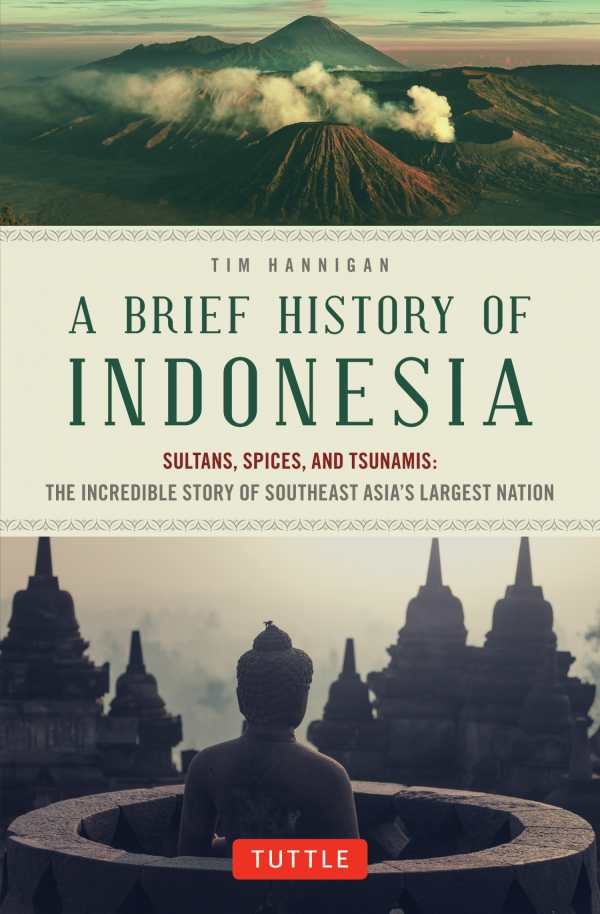A Brief History of Indonesia
Sultans, Spices, and Tsunamis: The Incredible Story of Southeast Asia’s Largest Nation
Indonesia, the largest nation in Southeast Asia, is an enigma. The nation is not a singular landmass, like most other nations. It is some 17,500 islands, about half of which are uninhabited, scattered along the equator above Australia. It is the so-called Spice Islands of history and, in the present time, has the fourth largest population in the world (237 million and growing rapidly), with a Muslim majority and tangled mix of other religions and ethnicities.
It’s a yeoman chore to sort out its geography and history—it didn’t officially become a nation until the end of World War II—and bring it to the present day, with its unsettling political climate and ambitions to evolve into an economic superpower.
Tim Hannigan presents Indonesia as a place of high drama, with a past marked by European trade battles, explorers like Magellan and Christopher Columbus, and waves of immigrants. He guides the reader through the reign of Sukarno (1945-1967) and others of lesser, but no less corruptible, reputation, to settle with guarded optimism with the current president, Joko Widodo, popularly known as Jokowi.
Reviewed by
Thomas BeVier
Disclosure: This article is not an endorsement, but a review. The publisher of this book provided free copies of the book to have their book reviewed by a professional reviewer. No fee was paid by the publisher for this review. Foreword Reviews only recommends books that we love. Foreword Magazine, Inc. is disclosing this in accordance with the Federal Trade Commission’s 16 CFR, Part 255.

